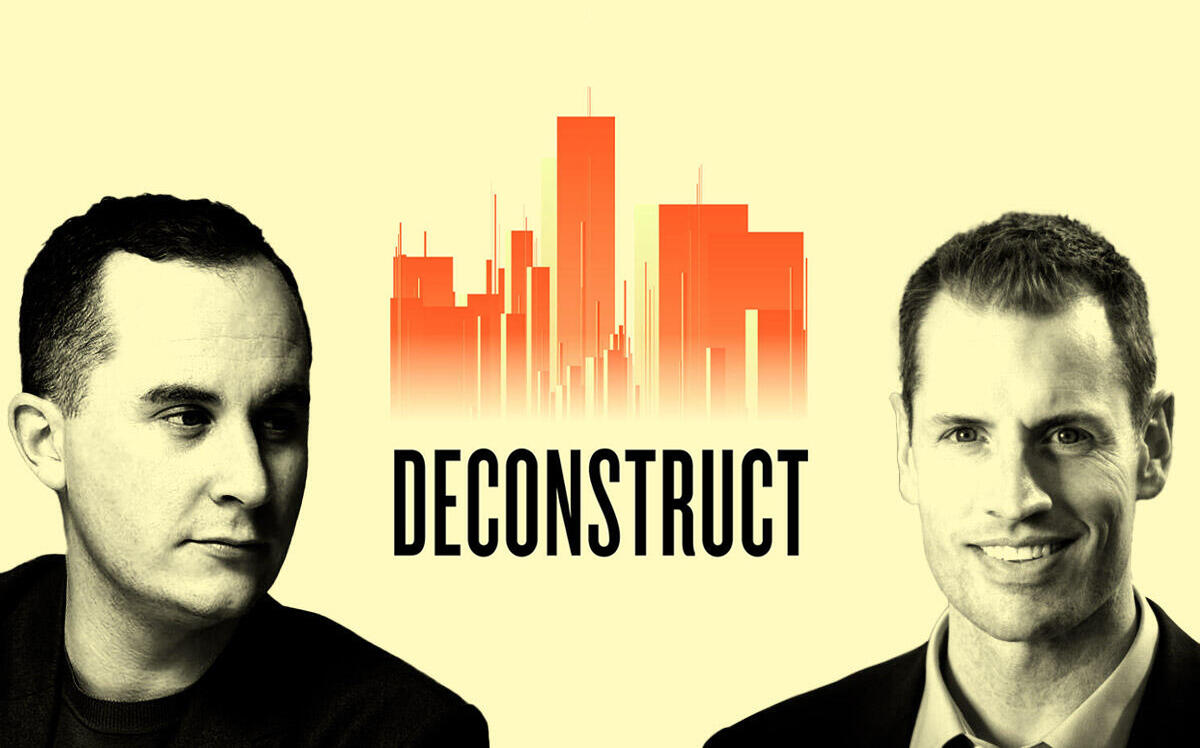Trending
Hines reveals secret sauce behind office-to-resi conversions
“Deconstruct” now live on Apple Podcasts, Spotify, Audible and more

Despite another autumn push for employees to return to the office, many lower-quality buildings remain vertical ghost towns.
Given the housing shortage, adaptive reuse has been floated as a win-win. But the obstacles to a successful conversion are myriad: Most properties don’t have the right bones for residential use, some remain heavily leased and building prices haven’t come down enough.
And still, Hines picked up a 1960s Salt Lake City office tower this summer with plans to convert the building into residential units.
Has the office landlord lost its senses? Not according to Steven Paynter. A principal at the architecture and design firm Gensler, he helped develop an algorithm that found far more properties than previously thought are primed for conversion.
“As we started looking at conversions, people were saying, ‘Well, they don’t really work, we’ve looked at them, they cost too much money’ — that sort of thing,” Gensler said. “But at the same time, there were a lot of conversion projects that had been done very successfully.”
“What we found was that both sides were right.: Actually about 70 percent of the time, it doesn’t lay out properly, it won’t make sense.” Gensler said. “But around 30 percent of the time, it will.”
Hines’ redevelopment of South Temple Tower, a project headed by senior managing director Dusty Harris, is a testament to that.
Hear the full breakdown on the latest episode of “Deconstruct, now streaming on Apple Podcasts, Spotify and wherever else you get your podcast fix.
This episode was brought to you by Dottid.




